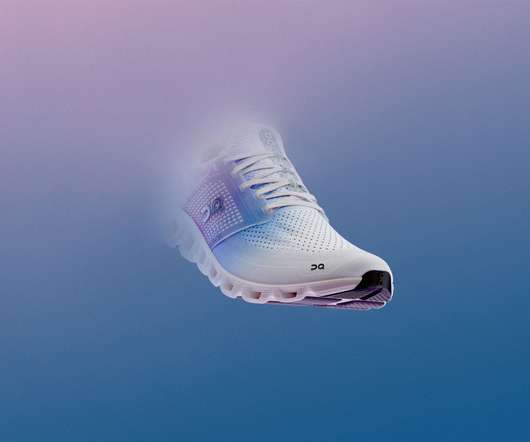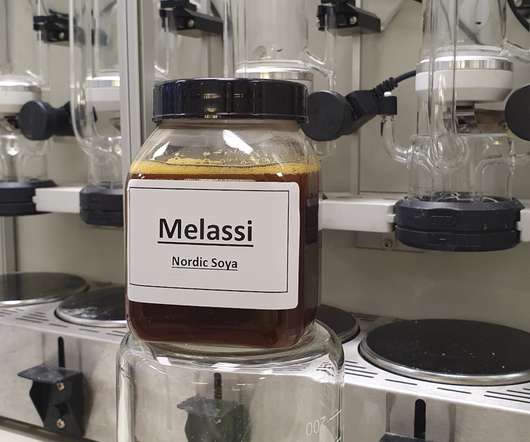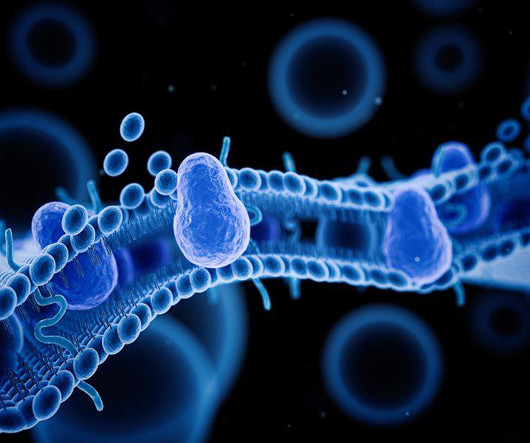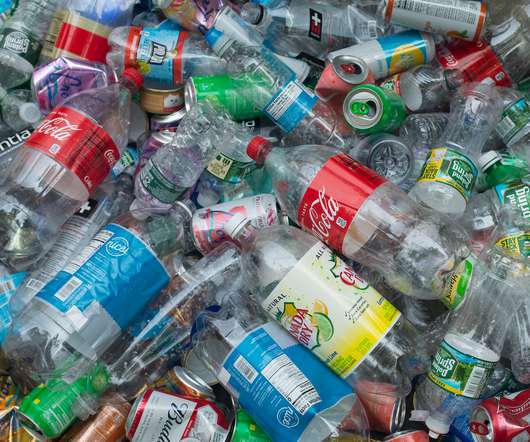Swiss firm reveals first ever shoe made from carbon emissions
Envirotec Magazine
SEPTEMBER 16, 2022
This, in turn, is dehydrated to create ethylene – a stage of the process handled by Technip Energies – and this ethylene is then polymerized – by circular plastics expert Borealis – to produce EVA (ethylene vinyl acetate), in the form of small plastic pellets, which then enter On’s production process for the creation of the CleanCloud foam material.















Let's personalize your content